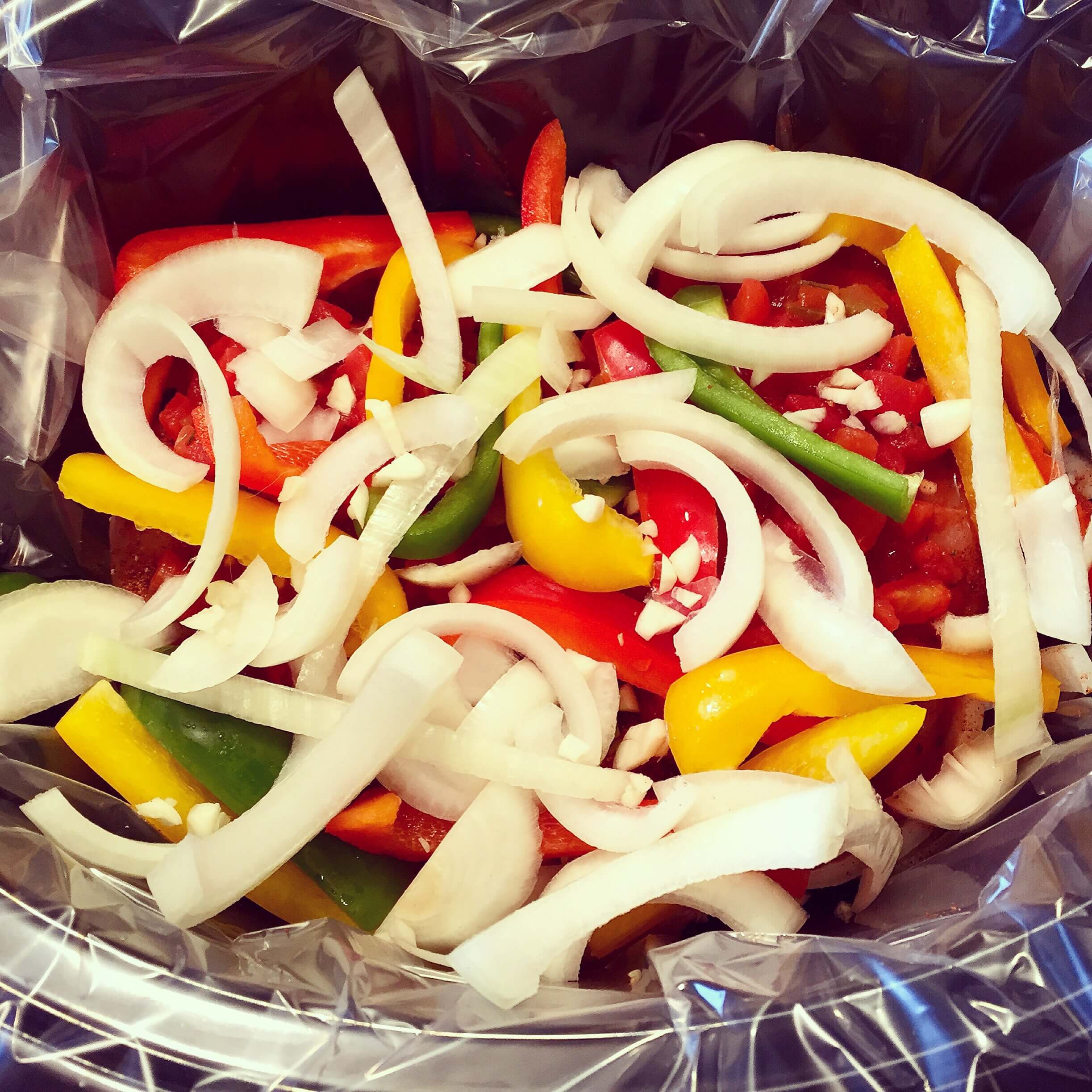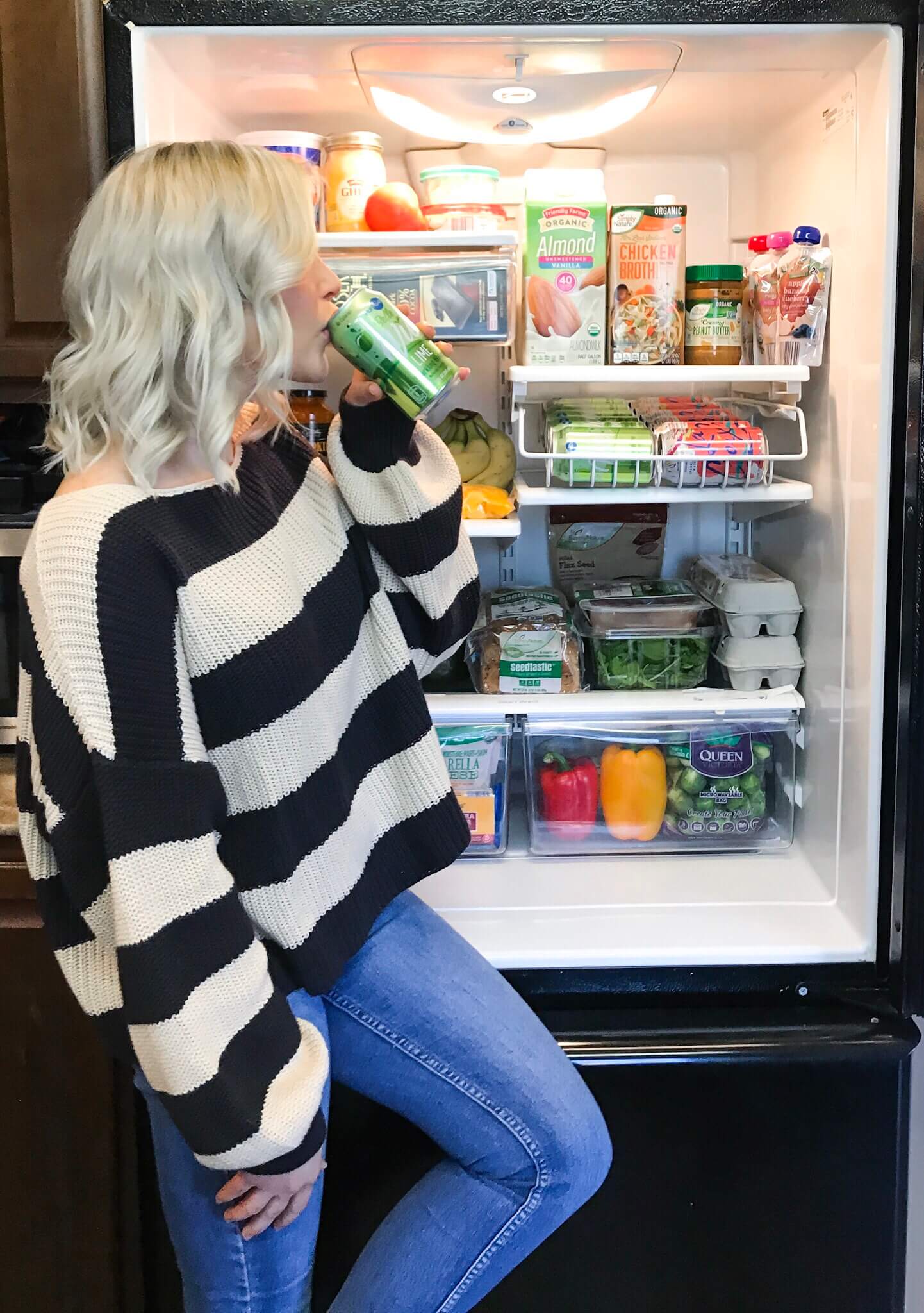Will Eating Fat Make Me Fat?
These days everyone wants to try the latest fad diet, whether it may be low-carb, low-fat, extremely low-calorie, or a “juice cleanse”. The one that they’ve heard will give them the best, and most importantly, the quickest results. We all want to lose weight; we just don’t want to do it the healthy way, because that takes way too much time and effort. Unfortunately, some fad diets can be ridiculously expensive, and they can actually be dangerous if you aren’t careful.
Today I want to talk about fat. Fat has always been a little controversial – it seems that people either swear by it or swear it off completely. I personally wish dietary fat had a different name, other than the word we use to describe people who are overweight, because consuming fat does not directly lead to physical “fatness”. Whether eating fat is going to make you fat depends solely on the type and the amount of fat you are consuming on a daily basis. The Institute of Medicine recommends an acceptable macronutrient distribution range of 20-35% of total calories from fat per day. Some restrictive diets have people consuming much less than the minimum of 20% recommended.
I don’t know if y’all heard about the latest version of the Dietary Guidelines for Americans that were released a few weeks ago. If you didn’t you must be living under a rock, or you’re just not a dietitian… but anyway, one of the DG recommendations is to limit saturated fat to 10% or less of your total calories. What exactly does that look like? Well, first let’s pretend we are talking about someone with a daily calorie allowance of 2,000 calories. According to the DG’s, that means they should consume 200 calories or less from saturated fat. Since there are 9 calories per gram of fat, 200 calories worth would equal roughly 22 grams of saturated fat per day. To give you a visual, 2 tbsp of heavy cream or 1 tbsp of coconut oil both offer 12 grams of saturated fat, over half of what you should consume all day. If you are adding 1 tbsp of coconut oil to your smoothie every morning, you’re halfway to your limit before 8 am.
Saturated fat is hidden in a lot of the foods we eat, but the majority of it comes from animal sources. Examples include fatty beef, lamb, pork, poultry with skin, lard, butter, coconut oil, cheese, ice cream, and other dairy products made from whole or 2% milk. Saturated fat has been proven to raise cholesterol levels, which means it increases the risk of heart disease and stroke. Replacing saturated fats with refined carbs (AKA white rice, white bread, white pasta, etc.) has a negative effect on cholesterol too, so instead, try to replace the saturated fat in your diet with heart-healthy fats, then you’ll be in good shape. These healthy, monounsaturated and polyunsaturated fats can be found in foods like olive & canola oil, nuts, olives, avocados, and omega-3s from fatty fish, walnuts & flaxseed.
Fun fact: did you know your body needs to consume some fat in order to absorb the fat-soluble vitamins A, D, E and K from the foods you eat? In addition, the body can synthesize most of the fats it needs from the diet, but omega-3 and omega-6’s are considered the “essential fatty acids”, meaning that our body cannot produce them, so it is essential that we get them from our diets. So by following an extremely fat-restricted diet, you may actually be causing nutrient deficiencies in your body. Fat has a ton of important functions in the human body. It is used to store and provide energy, insulate us and protect our vital organs, and it even plays a role in immune function, basic metabolism and more.
I also want to mention the role that fat plays in our happiness and overall well-being. Yep, it’s true. Fat takes longer for our bodies to digest, helping us feel satiated after meals for a longer period of time, therefore delaying any hanger (hungry anger) you may experience between feedings. In addition, totally restricting fat in your diet will likely leave you feeling deprived and experiencing cravings that you will either a) give in to (and then hate yourself), or b) not give in to (and then hate life in general). I mean, we all enjoy a nice bowl of FroYo, but you can’t pretend you don’t LOVE real ice cream every once in a while. See what I mean? Do your best to form a healthy relationship with food and accept the fact that all of it plays an important role in our health, whether it is our physical or mental health.
In short, eating fat will not make you fat. But eating the wrong kinds of fat or too much fat could lead to cardiovascular disease and/or weight gain. A healthy diet should include non-hydrogenated oils and monounsaturated fats as the main sources of dietary fat, whole grains as the main source of carbs, a ridonkulous amount of fruits & veggies, lean sources of animal and/or plant-based protein, and plenty of omega-3s from fish, fish oil supplements, flax/chia seeds and walnuts.
Once again, it all comes down to balance and moderation. You have to decide when is the right time to indulge; it shouldn’t be a daily occurrence. The latest version of the Dietary Guidelines for Americans is really focused on an overall “healthy eating pattern”, and that is really important for the American people to understand and achieve. One healthy meal isn’t going to make you skinny, just like one unhealthy meal isn’t going to make you fat or cause heart disease. What’s important is making sure to consume a wide variety of (mostly healthy) foods so you are getting all the nutrients your body needs in order to function and thrive. You will never know what your body is truly capable of until you start treating it right and fueling it with nutritious, whole foods, without leaving out any specific macronutrients, like fat (especially the good kind 😉 ). Oh, and don’t forget to exercise – but we won’t go there today.
Next week, I’ll take a closer look at carbohydrates and the huge role they play in the body. Plus, find out how people lose so much weight on extremely low-carb diets and why it may not be a safe, sustainable or realistic diet for most individuals.
——————————————————–
I realize the irony of posting a meat recipe right after our saturated fat discussion, but these are lean turkey meatballs, and as long as you don’t eat all 24 meatballs by yourself at one sitting, you should stay within your 10% just fine. 🙂 I’m mostly excited about this recipe because it is something other than chicken, which I have a hard time straying from sometimes. These meatballs were of course delicious with pasta, but they’d be great to pair with veggie noodles (aka spiralized zucchini or squash) for a lower calorie option and even more veggies! (I got this recipe from the back of a Hy-Vee pasta box, but I added some extra spices and the veggies!)
Healthy Turkey Meatballs Recipe
Ingredients:
- 1 package of 93-97% lean ground turkey
- 1/4 cup shredded carrots
- 1/4 cup whole wheat bread crumbs
- 3 cups uncooked tri-color veggie rotini or whole wheat pasta
- 2 cups heart smart Prego
- 3 cups broccoli & cauliflower, steamed
- 1 tsp dried Italian seasoning
- 1/4 tsp black pepper
- 1 tsp minced garlic
- 1/2 tsp onion powder
- Reduced fat parmesan cheese (optional for topping)
Instructions:
- Preheat oven to 375 F. Lightly coat a baking pan with nonstick cooking spray or cover with foil; set aside. (I would recommend using foil to save yourself time cleaning – my baking pan was a bit messy afterwards!)
- In a medium bowl, combine ground turkey, breadcrumbs, carrot, Italian seasoning, pepper, minced garlic and onion powder. Shape mixture into 24 meatballs (I used my hands). Place meatballs on prepared pan and bake for 18-20 minutes or until no longer pink.


3. Meanwhile, cook pasta according to package directions and steam broccoli and cauliflower (or veggies of choice). Drain pasta. Cook pasta sauce until heated through, or heat in microwave.
4. Serve pasta with 4 meatballs, 1/3 cup sauce, ½ cup of vegetables, and top with ~2 tbsp of Parmesan cheese if desired. (Recipe serves 6.)

Stay warm out there everyone!
{eat well. live well. be happy.}
Shanna, RD, LD
#wellnessforthewin







